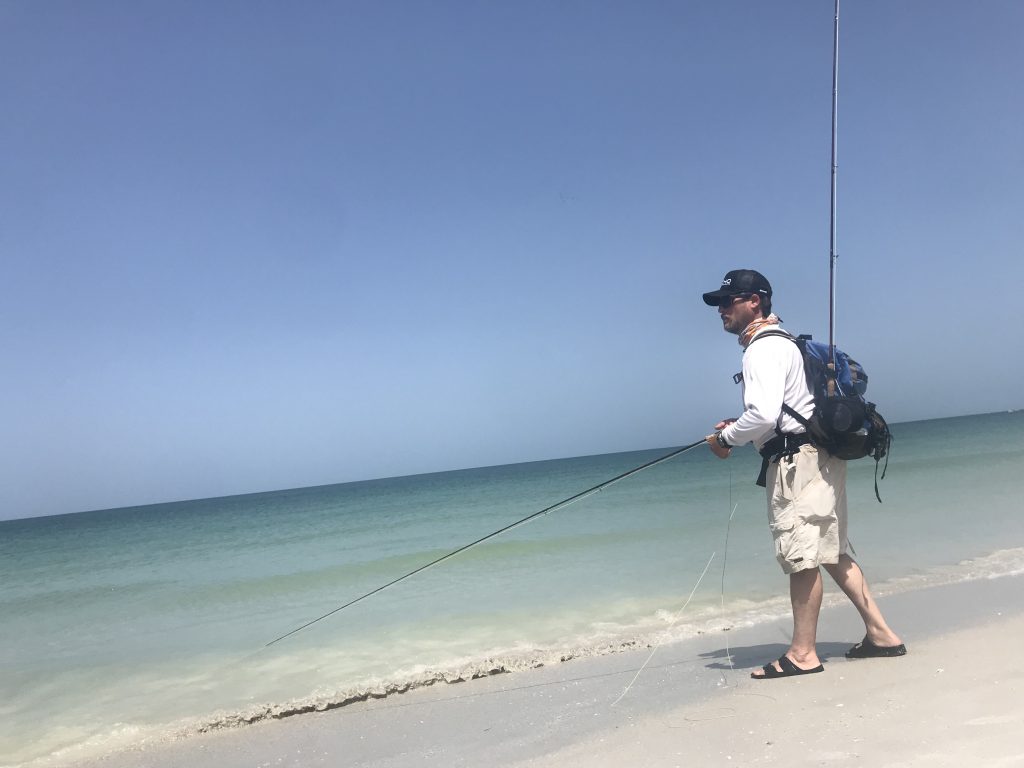Technology
Protect Your Fly Fishing Gear When Traveling: Essential Tips

Traveling with fly-fishing gear presents unique challenges, especially when navigating busy airports. Michael Salomone, a professional guide based in the Eagle River Valley, emphasizes that fly rods are not built to withstand the rough handling of baggage systems. To ensure his equipment arrives safely, he advocates for protective measures that safeguard rods and reels during transit.
One of the key strategies is to select compact and reliable gear. Salomone opts for a multi-piece rod that can fit easily into a briefcase-style bag. This design not only minimizes attention from security personnel but also allows for convenient storage under airplane seats. “A well-designed rod can serve as both a backup and a primary fishing tool, preventing loss of time if checked gear is delayed,” he notes.
To mitigate the risk of damage, Salomone carries his fly-fishing reels on board rather than checking them in. The premium reels require careful handling, and the cost of replacing a damaged reel makes this approach essential. His current setup includes a five-piece fiberglass rod, which pairs seamlessly with his Patagonia shoulder bag. This bag accommodates both his fishing gear and his laptop, ensuring he is prepared for any adventure.
Choosing the Right Protective Gear
When traveling, the type of rod tube is crucial. Salomone uses a lightweight fiberglass rod tube specifically designed for his rod model. This tube not only provides rigidity to prevent breakage but also features a watertight screw cap. While standard tubes are suitable for carry-on luggage, those traveling with multiple rods should consider a designated travel tube.
For years, Salomone relied on a multi-rod tube that could hold six saltwater fly rods but eventually upgraded to the Fishpond Jackalope. This hexagonal tube offers enhanced structural integrity and is crafted from durable, recycled fabric. Equipped with dual-zippered end caps and a shoulder strap, it simplifies the process of transporting rods while providing adequate protection. Although the Jackalope fits in overhead compartments, Salomone prefers to check it in his rolling duffle to avoid potential delays or scrutiny from airport staff.
Recommended Travel Bags for Fly Fishers
Several options are available for fly-fishing enthusiasts looking for suitable luggage. Notable choices include the Orvis Carry All, the Fishpond Dakota carry-on rod and reel case, and the Patagonia Black Hole rod case. These bags are designed to securely hold multiple rods and reels, along with additional compartments for storing essential fishing accessories like fly boxes and tippet lines.
Salomone favors the Patagonia model for its external zippered pockets, which easily accommodate extra clothing and sunscreen. This thoughtful design enhances the organization and accessibility of gear, essential for successful fishing trips.
Proper storage and protection of fly-fishing gear are critical for ensuring valuable equipment reaches its destination without damage. By investing in well-designed luggage and taking necessary precautions, anglers can focus on enjoying their trips rather than worrying about their gear.
With over two decades of guiding experience, Michael Salomone is a trusted voice in the fly-fishing community. His insights reflect a deep understanding of the challenges faced by anglers on the move, reminding them that well-protected gear is vital for adventure and enjoyment.
-

 Technology5 months ago
Technology5 months agoDiscover the Top 10 Calorie Counting Apps of 2025
-

 Technology3 weeks ago
Technology3 weeks agoOpenAI to Implement Age Verification for ChatGPT by December 2025
-

 Health3 months ago
Health3 months agoBella Hadid Shares Health Update After Treatment for Lyme Disease
-

 Health3 months ago
Health3 months agoAnalysts Project Stronger Growth for Apple’s iPhone 17 Lineup
-

 Health3 months ago
Health3 months agoErin Bates Shares Recovery Update Following Sepsis Complications
-

 Technology5 months ago
Technology5 months agoDiscover How to Reverse Image Search Using ChatGPT Effortlessly
-

 Technology3 months ago
Technology3 months agoElectric Moto Influencer Surronster Arrested in Tijuana
-

 Technology2 months ago
Technology2 months agoDiscover 2025’s Top GPUs for Exceptional 4K Gaming Performance
-

 Technology5 months ago
Technology5 months agoMeta Initiates $60B AI Data Center Expansion, Starting in Ohio
-

 Technology5 months ago
Technology5 months agoRecovering a Suspended TikTok Account: A Step-by-Step Guide
-

 Health5 months ago
Health5 months agoTested: Rab Firewall Mountain Jacket Survives Harsh Conditions
-

 Lifestyle5 months ago
Lifestyle5 months agoBelton Family Reunites After Daughter Survives Hill Country Floods









